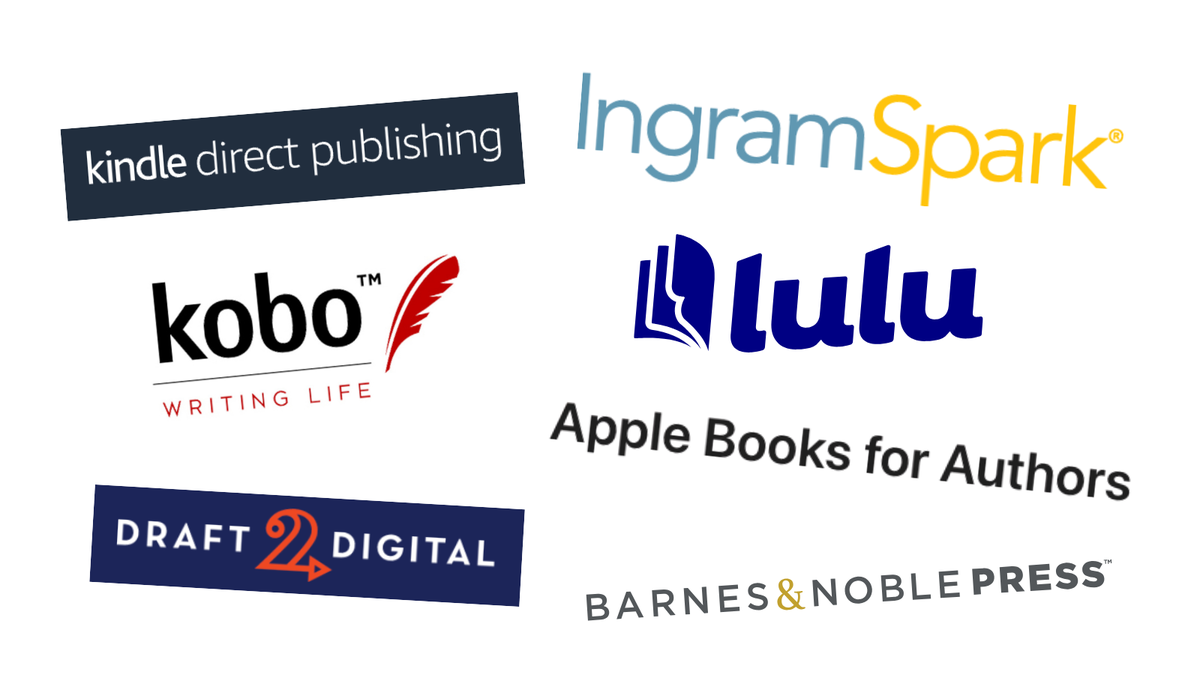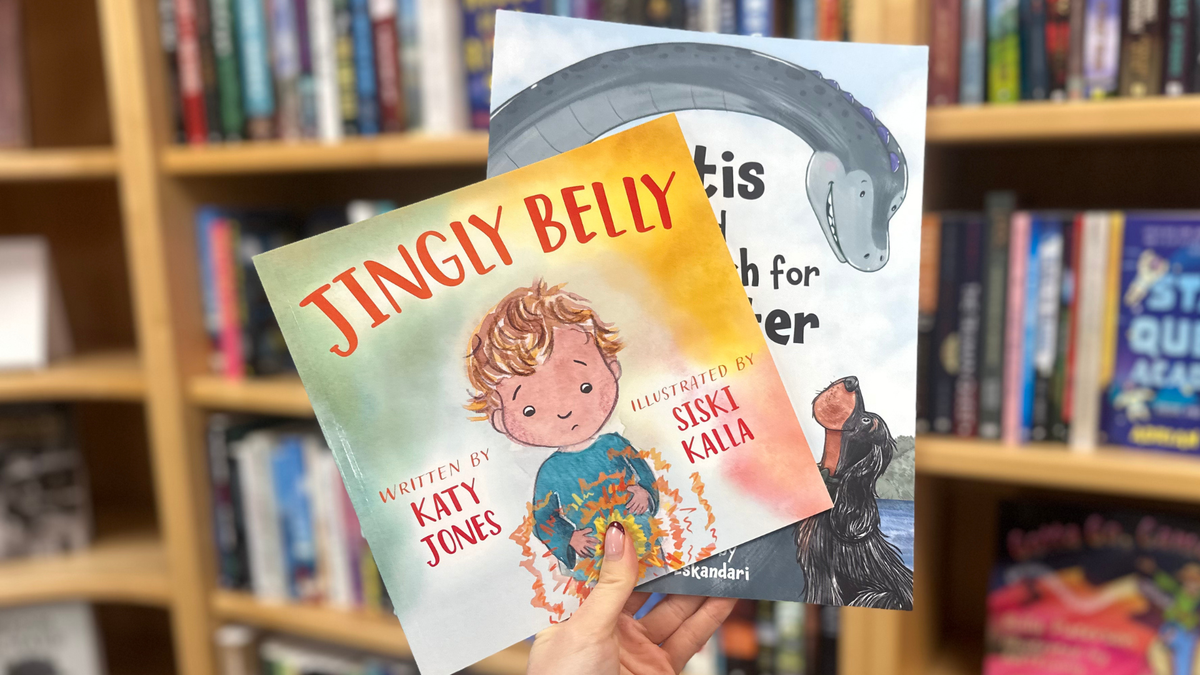
1st March, 2023
5 min read
Why Books ARE Judged by Their Covers
Written by:
Chelsea Taylor
In this blog we look at book cover design ideas that will help your book sell. Contrary to the popular maxim, readers do judge books by their covers. We are probably all guilty of it; shiny metallic foil catches your eye on the shelf; colourful sprayed page edges convinced you the book you hold is an edition you need; the raised cover texture made you fall in love with the book. These design choices were made by the publisher to create a beautiful book, and to draw people in and encourage them to buy.
Cover enhancements can transform your book’s cover
Enhancements are design and production elements added to a book’s cover to make the design really pop. A good cover instantly makes an impression, and can be the difference between a title being noticed or ignored. Beautiful books attract readers, and are visually appealing for social media, helping with marketing. There is a range of enhancements available, so from foil highlights to embossing and sprayed edges, here we explain what options are popular, and why.
How can printed inside covers enhance your book cover design?
Printed inside covers are, as the name implies, where the inside of the cover has been printed and not left blank. The inside covers may also have additional design features, such as a block colour, patterns, or even additional content such as an ‘About the author’ section, or maybe a map giving the setting of the book. Printed inside covers work well when tied to the design of the front cover and themes of the book. This is one of the most affordable options on offer, but is often overlooked by those looking to give their readers that little bit extra. Inside cover print can make the book feel more special, and it’s a feature much loved by TikTokkers and Instagrammers when showing off the books they love.
How can embossing/debossing enhance your book cover design?
Embossing and debossing are where lettering or some of the design is ‘stamped’ into the cover board, creating either a raised (embossing) or imprinted (debossing) feel. Rather than being noticeable from a distance, these give the book a more tactile feel in the hand – and are often used alongside other effects like metallic foils, to draw attention to a title. They add a 3D edge to covers that other enhancements don’t. To generate embossing files that a printer will need requires some tech know-how – but an experienced publishing company such as Troubador should take care of this for you.
How can laminates and spot UV enhance your book cover design?
Laminates are transparent coatings added to the covers of books to help protect the cover, but they can also enhance cover design. There are two common finishes, matt and gloss – gloss leaves a shiny cover, often found on children’s books, whereas matt is a non-reflective finish more widely used on modern fiction. Books may also be left unlaminated, which creates a more organic feel, but this can leave a book more susceptible to marking and damage. Spot UV is a clear gloss laminate that is laid on top of matt laminate to bring a shine to key parts of the cover, from titles to design elements. Spot UV can be applied on both the cover, spine and back cover, and can also be used with embossing, though this is more costly to produce, of course. Spot UV without embossing is one of the least costly enhancements available to authors, injecting that stand-out finish onto your cover.
How can metallic foil enhance your book cover design?
Foiling is process where a metallic foil is applied to elements on the cover, and is applied to the cover using heat. Although usually left shiny, matt foil is also available, which is achieved by the foil being layered first, and a matt laminate placed on top; and there are also patterned and holographic foils available – at a cost, of course! Foil used to be used for the big-name crime thriller writers in the 1970s to really highlight author names, but foils are now used in more creative ways to bring designs to life, often weaving in and out of the design.
How can sprayed edges enhance your book cover design?
Sprayed edges are, as the name implies, where the edges of a book’s pages are sprayed/painted in a colour without bleeding down onto the text the inside the book. There is a variety of colours available, so you can choose something that closely matches the mood of your book. This can be more costly, but it also means your book can be distinguished from others on the shelf – and as so few books have sprayed edges, it immediately captures attention. Stencil sprayed edges are also available and can be customised to reflect the mood of the book, such as flowers and vines for romance, or a main plot point, such as a dagger. Again, sprayed edges are beloved of the fantasy genre, especially with influencers who like to showcase beautifully designed books.
Environmental impacts of book cover design
If you are environmentally conscious and want to make your physical product as eco-friendly as possible, while still standing out from the crowd, opting for enhancements such as printed inside covers and embossing may be the better route than enhancements linked to plastics, such as spot UV. These effects make recycling books easier in the future too. You could also look to add a little something by upgrading your standard paperback book to a paperback with flaps (often called French flaps), using these to include additional information such as an author biography or endorsements. These are especially popular for non-fiction and business books.
Book cover enhancement limitations
There are a couple of limitations to adding enhancements. The first is that they are not available with Print on Demand (POD) printing technology (at the time of writing); enhancements can only be added with a print run, where books are printed upfront at the same time, and held in storage ready for sale, rather than being printed as required as with POD. Another limitation is that they give an additional cost on top of standard printing. This varies depending on the enhancement and quantity being printed, but there are plenty of different options at different price points, allowing some flexibility when choosing which to go for. You can also opt for only adding the enhancement to the front cover, as this will be less costly than applying it to the full cover.
The genre you are writing in might well dictate the type of enhancements that would suit your book, so we strongly recommend visiting a bookshop and looking at titles in similar genres to yours and seeing what kind of effects are used. We will happily cost up enhancements for any Troubador author looking to make their printed book stand out, and talk you through the best options – maybe even making a recommendation based on your cover’s design. All of the above options are available for both hardback and paperback books, but your book cover design may favour one more than the others – so don’t hesitate to ask if you would like some advice!












